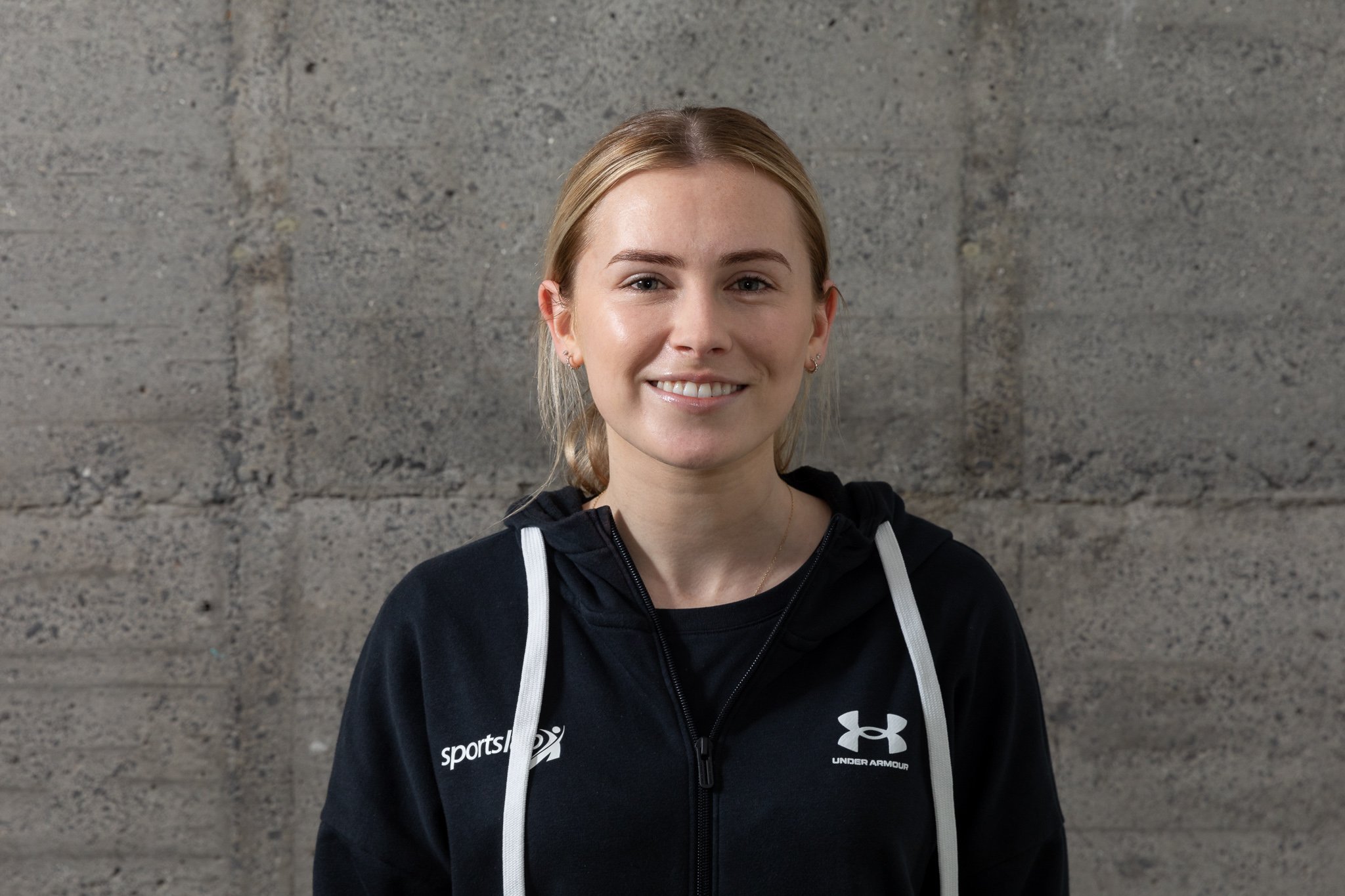Summer Shoe Choice Not Working For You?
Summer shoes. As a podiatrist I am always talking about and prescribing shoes to people. They can do both great and terrible things for your feet and so it’s important to be in a pair that is right for you. In summer it can be tricky. Your trusty Havianas may no longer be the most comfortable or sensible choice particularly if you’re rehabbing an injury. Don’t get me wrong, I love me a pair of Havaianas and they have their time and place, but with an ever growing selection of summer shoes on the market I thought I’d pick out some of my common recommendations, especially at this point of summer where I’m seeing a load of people coming in with achy feet from their poor summer shoe selection.
Birkenstocks.
Until I tried them on for the first time I vowed I would never wear these because of how they looked. The look of them is polarising and I completely understand this, but since wearing them and realising how great they feel I have completely changed my mind about them (you’ll now not catch me wearing anything else in summer). The first thing you can feel when you put these on is the footbeds inbuilt arch support (that really does support). As the footbed is made from cork, it will start to compress and shape to your foot's profile after a few wears, making them extremely comfortable and personalised. My recommendation is to go for their double strap model, you can get them to fit pretty securely which means your toes don’t have to grip on to the shoe for dear life like they tend to do in a jandal style.
Top pick for: - Plantar fasciopathy. I find the arch support and contouring works wonderfully to reduce heel pain. I regularly prescribe these to patients, some of which are elated about and others not so much.
- Neuroma. As well as arch support, the footbed also has an inbuilt metatarsal dome. This may be a familiar term to you if you’ve suffered from a neuroma or intermetatarsal bursitis. A met dome works to enhance the transverse arch in your forefoot which in turn reduces the compressive force on the nerves and structures that sit between your metatarsals. This feature and the option of a wide fit makes it an awesome option for those suffering with such forefoot pain.
Vionic.
If you can’t bring yourself to wear anything that doesn’t look like a Havaiana, then this is usually my suggestion. Vionic has a great range of all shoes but I find their jandals and sandals to be particularly good. Similar to the Birkenstock, they also provide arch support and as they are made from EVA they feel nice and cushioned under foot. If you’ve got heel pain that responds well to cushioning these could be a great option.
If you’re after a Havaiana look alike I’d go for the Beach Manly/Noosa model. If you’re wanting something a bit more substantial then the Islander model is a great pick with and offers a bit more support.
Tevas.
If you’re planning on doing a reasonable amount of walking in your summer shoes then Teva sandals are the ones for you (again, if you are happy with/can get past their look). Like the Birkenstock, because of the adjustable straps keeping the shoe secure on your foot you are able to walk naturally. The Teva sandal and it’s slightly thicker Vibram sole is much better equipped than most for when it comes to longer distance walking and can also transfer well to light trails. If you have bunions, pressure points or are prone to blisters these can also be a great option for you as their straps are accommodating.
Barefeet.
Unless you’ve been instructed to stay in shoes for a current injury, barefeet are an awesome summer option. Issues tend to arise when you make the switch too quickly from wearing shoes all day long to not at all. Everyone knows that it takes time to get your kiwi feet back in the summer, by gradually spending less and less time in your shoes you’ll be able to adjust comfortably and without risking an injury (last thing you want at this time!). Heels tend to get a shock if they’re used to your running shoes with an 8mm heel-to-toe drop to all of a sudden being in a zero-drop position and also going from a cushioned midsole to firm ground, so be careful what surfaces you’re walking on initially. Once you’re up to it, walking on the sand is an awesome workout for your feet and calves and you can vary the difficulty between hard and soft sand. Shoes will still have their place for longer distances so listen to your feet and what they’re comfortable with.
At the end of the day you want to be in what makes you feel the best, everyone has different wants and needs but hopefully knowing a few more of the available options is helpful.
Loren Abel is one of our talented Sports Lab podiatrists. She’s got a wealth of knowledge in all things footwear, and is also our dance specialist podiatrist.


